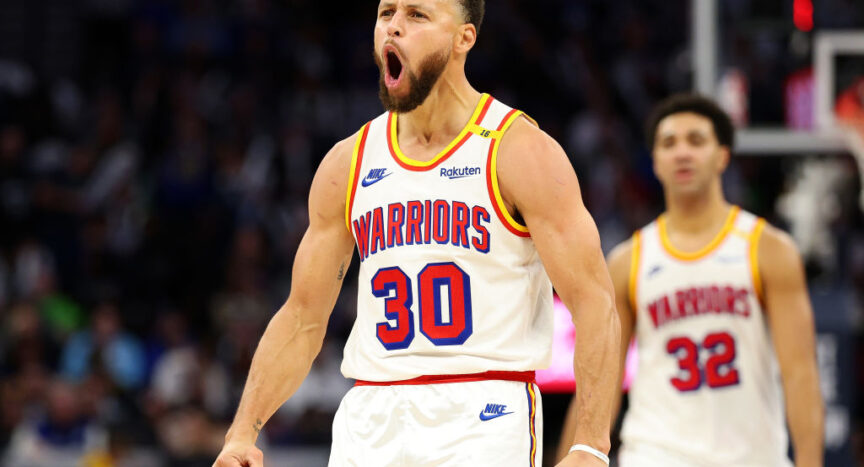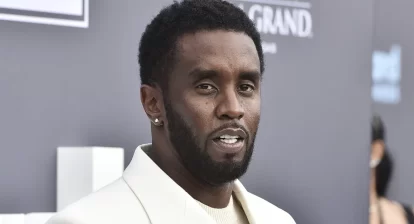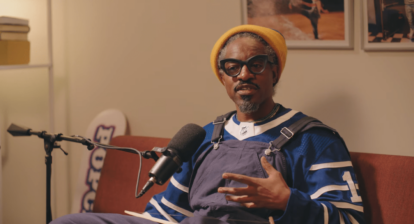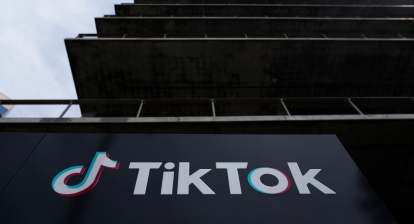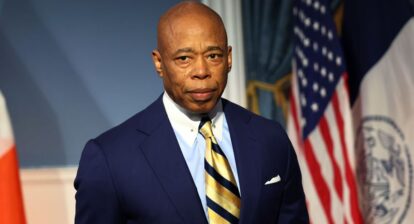Key takeaways
- Stephen Curry grew up with an NBA sharpshooter as his dad, gaining early exposure to the game. Dell played in the NBA for 16 seasons, giving Stephen a front-row seat to professional basketball.
- The Golden State Warriors selected Stephen Curry with the seventh overall pick in the 2009 NBA Draft, reflecting the doubts many still had about him in the NBA.
- Ankle injuries threatened to derail his NBA journey, but Curry recovered and returned to the court stronger, going on to win multiple NBA championships with the Golden State Warriors and becoming the first unanimous MVP in NBA history.
- Curry revolutionized basketball, making three-point shooting a central strategy. He proved that skill and precision could overcome physical limitations.
Son of National Basketball Association (NBA) sharpshooter Dell Curry, Stephen Curry had big shoes to fill. With everyone’s eyes on him, he didn’t crumble under pressure—he thrived. Curry became the “little guy with skinny arms” who changed basketball. He built on his father’s legacy to create his own.
Early life and background
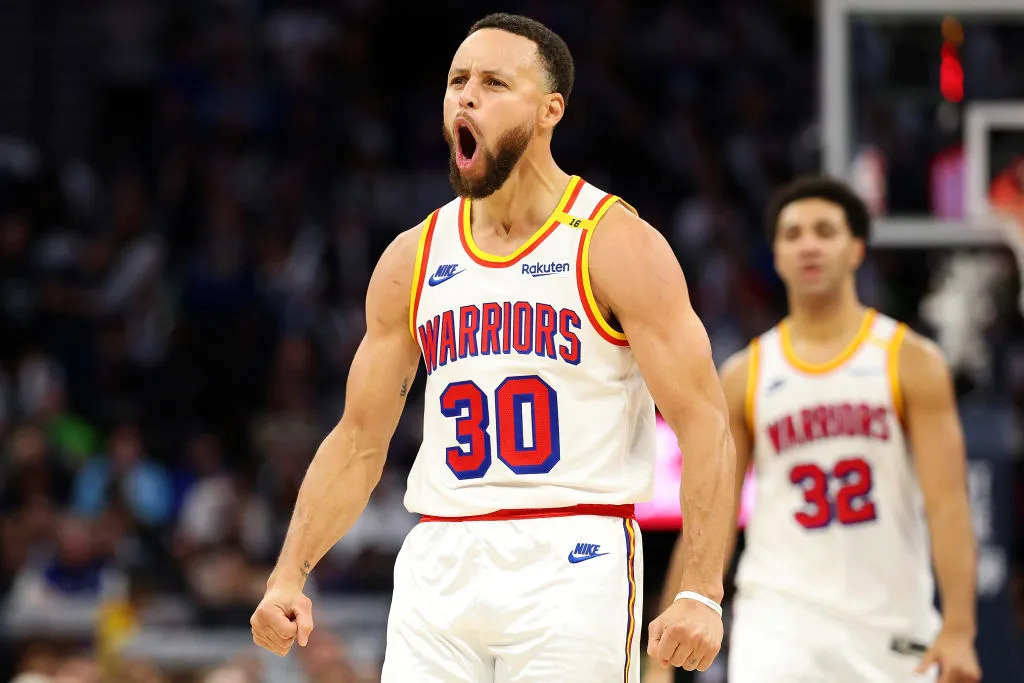
Looking at the many ways he revolutionized basketball, it’s hard to imagine that when Curry started, many thought he was too small and weak. With dedication, innovation and a generous amount of self-belief, Curry turned the game upside down, redefined how it’s played and inspired a generation. Today, he stands as one of the most influential figures in NBA history.
Family influence
Born on March 14, 1988, in Akron, Ohio, Stephen Curry’s basketball journey began early. He grew up in North Carolina with an NBA sharpshooter as his dad, gaining early exposure to the game. Dell played in the NBA for 16 seasons, giving Stephen a front-row seat to professional basketball.
In addition to playing for the Charlotte Hornets, Dell coached, mentored and inspired Stephen and his brother Seth Curry and gave them the space to dream of their own basketball careers.
The Curry household was a delicate mix of basketball boot camp and a schoolhouse thanks to Stephen’s mother, Sonya, a former volleyball star at Virginia Tech who taught her children that it was possible to hit the books just as hard as the court. This balanced approach helped Stephen realize that smarts and skills go hand-in-hand.
Youth basketball journey
With his slight frame and relatively small stature, Stephen Curry’s NBA bloodline was not enough to guarantee success. Lacking physical dominance, he understood early on that he needed an approach to his play that emphasized skill over strength. He needed a little more creativity than his peers to turn the heads of coaches and scouts and convince them not to write him off.
At Charlotte Christian School, Curry mastered the art of relying on skill and creativity to overcome his physical limitations. As Shonn Brown, Curry’s high school coach watched him play, he couldn’t help but wonder, “Does he ever miss?”
During his high school years, Curry’s unique shooting style began to take shape. He couldn’t quite shoot like the other guys. So, he found his own way, developing a lightning-fast, high-arcing shot that would later become his signature move. This innovative approach, born out of necessity, became the most lethal shooting technique in basketball history.
College career at Davidson
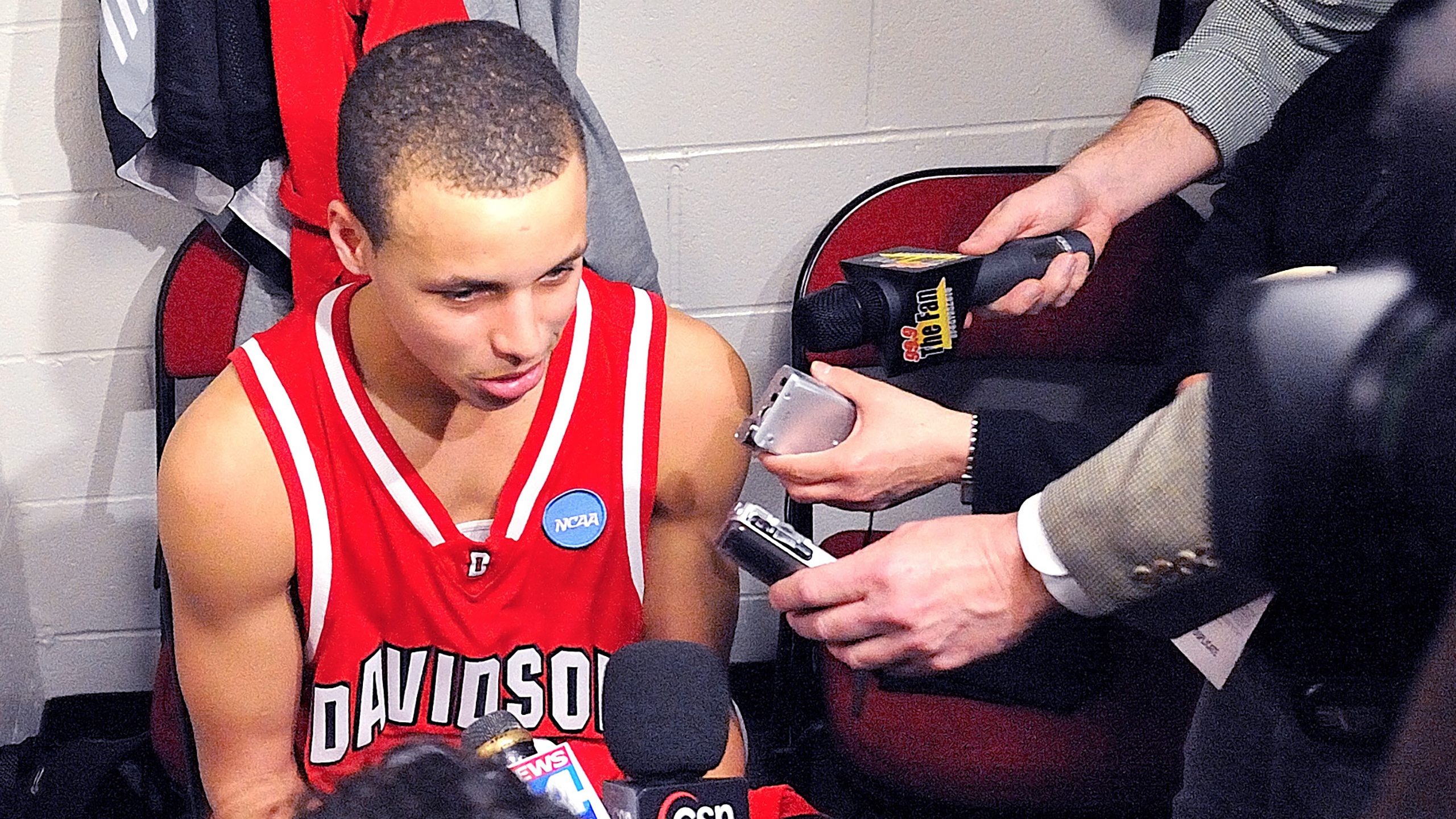
When Stephen Curry arrived at Davidson College in 2006, few expected much from the overlooked recruit. But it did not take long for Curry to prove his doubters wrong.
Freshman year highlights
In his first college game, Steph Curry dropped 15 points on Eastern Michigan. It was a warning shot—a taste of what was to come.
By the end of his freshman year, Curry had broken the Southern Conference freshman scoring record and set an NCAA freshman record with 122 three-pointers. He drained 122 three-pointers in just one season! Averaging 21.5 points per game, he led Davidson to a 29-5 record and earned the title of Southern Conference Freshman of the Year.
Sophomore and junior seasons
Curry’s sophomore year was even more impressive than his freshman year. He upped his scoring average to a mind-boggling 25.9 points per game and led Davidson on a Cinderella run in the National Collegiate Athletic Association (NCAA) Tournament. In his junior year, he led the nation in scoring with 28.6 points per game all the while improving as a playmaker.
Signature NCAA Tournament performances
The 2008 NCAA Tournament was Curry’s coming-out party. He scored 40 points in Davidson’s first-round upset of Gonzaga, followed by 30 against Georgetown and 33 against Wisconsin. Davidson reached the Elite Eight for the first time since 1969.
While they ultimately fell short against Kansas, Steph’s tournament performance was legendary. Averaging 32 points per game against some of the nation’s top teams, he proved he was a formidable force. This undersized guard from a small college was about to take the NBA by storm.
Transition to the NBA
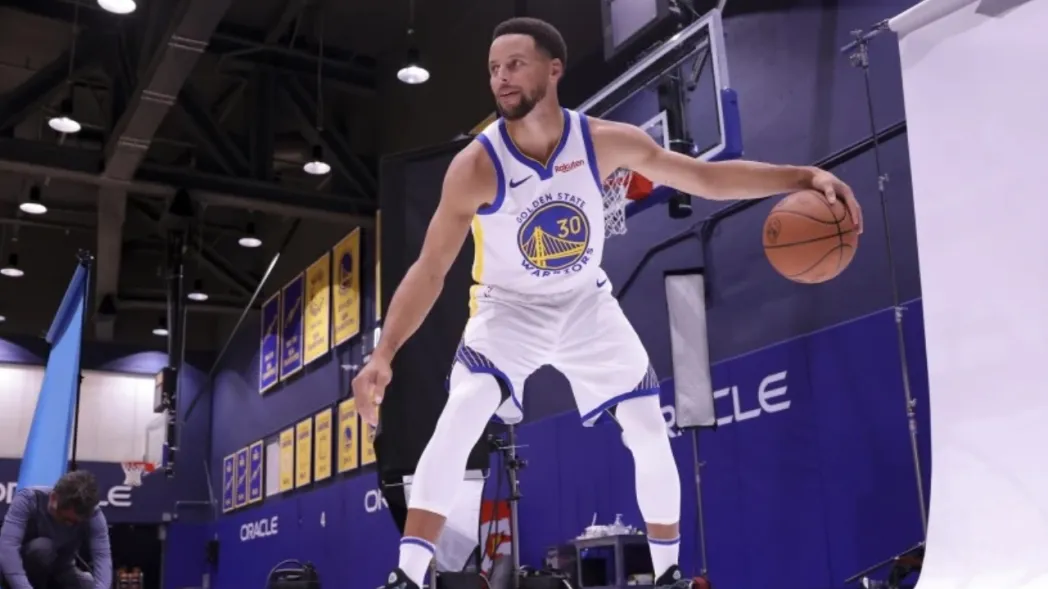
The Golden State Warriors selected Stephen Curry with the seventh overall pick in the 2009 NBA Draft, reflecting the doubts many still had about him in the NBA. Sure, he dominated college basketball, but could he handle the physicality and intensity of the NBA? The Minnesota Timberwolves passed on him twice, a decision that would become one of the biggest draft mistakes ever.
Draft selection and initial challenges
Curry’s early NBA years were a mix of brilliance and setbacks. He averaged 17.5 points per game as a rookie and finished second in Rookie of the Year voting. But then the injuries hit. Ankle problems plagued him, threatening to derail his career before it took off. In the 2011-12 season, Curry played only 26 games and had multiple surgeries to stabilize his right ankle, leading to concerns about his long-term durability.
Early NBA career performance
Despite his injuries, Curry’s commitment to his craft never wavered. He used his time off to get stronger, faster and more focused. The Warriors’ patience with Curry’s recovery paid off big time. In his fourth season, Curry broke the NBA record for three-pointers made in a single season with a mind-boggling 272. That record wouldn’t last long, though. He’d break it again and again.
The 2012-13 season was a turning point for Curry. Healthy for the first time in a while, he averaged 22.9 points and 6.9 assists per game, proving he was more than just a shooter. He was a playmaker and a scorer—an all-around basketball player who silenced his doubters.
Key achievements in the NBA
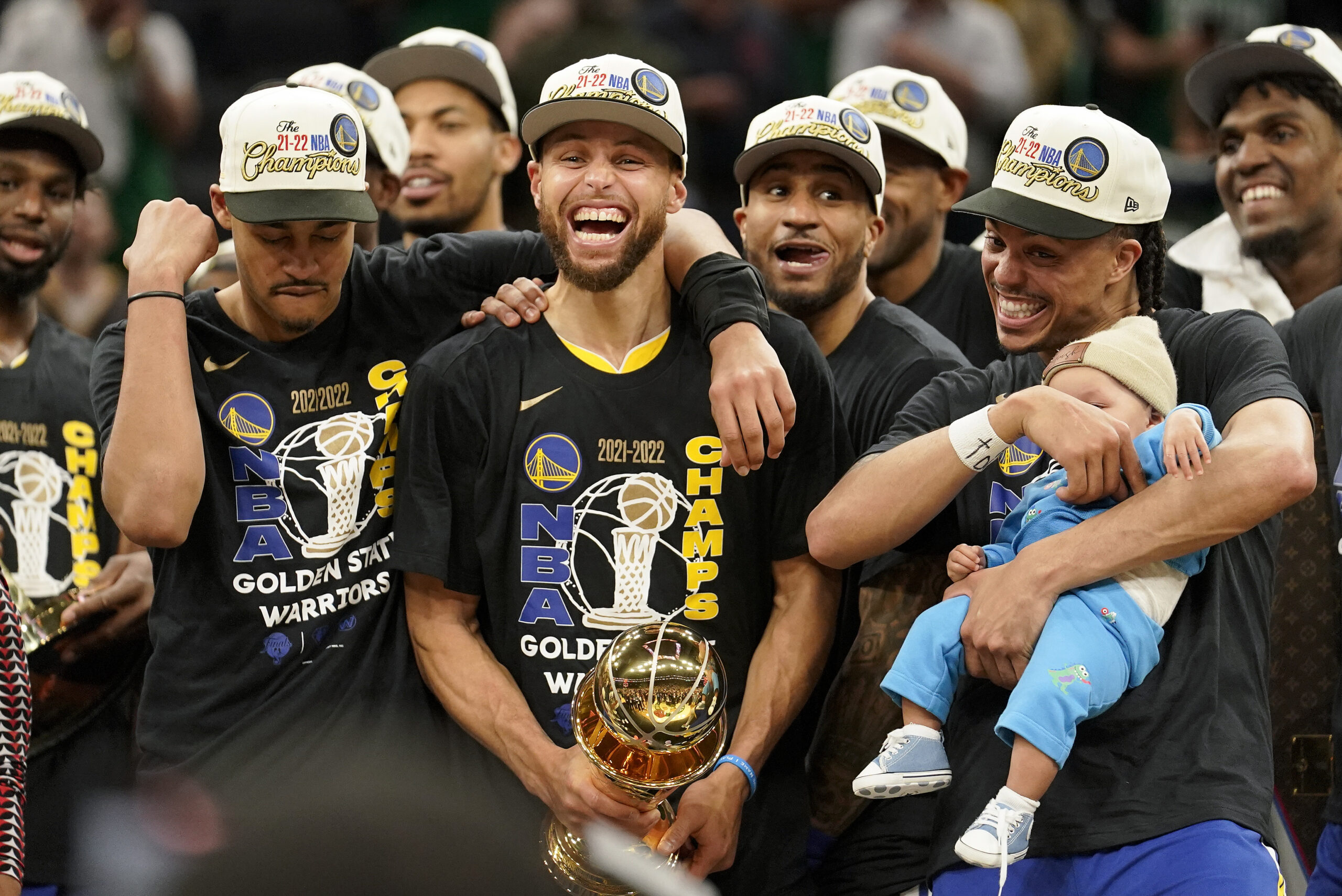
Curry’s success soon translated to team success.
Championship titles
Curry led the Warriors to their first NBA championship in 40 years, in 2015. The Warriors went on a historic run, making it to the NBA Finals five years in a row, winning three titles. Curry’s revolutionary style, leadership and clutch performances rewrote the rules of basketball and transformed the Warriors from underdogs to one of the NBA’s most dominant teams.
The 2015-16 season ended in Finals disappointment, but this did little to diminish the brilliance of Curry’s chain of achievements throughout the season. Certainly, it was Curry’s peak—he became the first unanimous Most Valuable Player (MVP), led the Warriors to a record-breaking 73 wins and broke his three-point record with 402 made three-pointers.
It was a season for the history books. Steph Curry didn’t just play basketball, he redefined it and made sports history. He inspired a new generation of players to shoot from anywhere on the court.
All-Star selections
Curry is a 10-time NBA All-Star and often a top vote-getter among Western Conference guards. Every All-Star game is a show. Fans tune in to watch him light it up from beyond the arc, making these games must-watch events for basketball fans.
Awards and accolades
Curry won two MVP awards (2015 and 2016), two scoring titles and multiple All-NBA team selections. But his most impressive feat might be breaking Ray Allen’s all-time three-point record in 2021, which he did in 511 fewer games. No wonder many consider him the greatest shooter in basketball history.
Playing style and skills
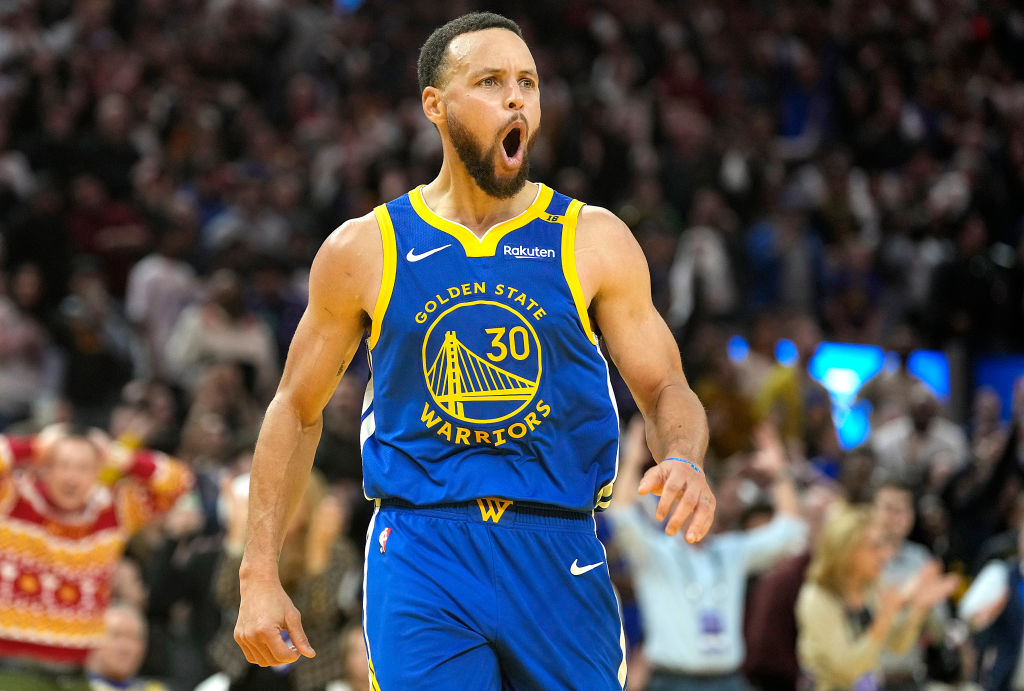
Curry’s incredible shooting is at the heart of his game. With his quick release, excellent form and precise footwork, he can make shots that most players wouldn’t even attempt. His range is so long that defenders must guard him from half-court.
Curry’s shooting prowess often overshadows his playmaking abilities, but they’re equally crucial to what makes him successful. His court vision and passing skills, combined with the constant threat of his shot, create numerous opportunities for teammates. His mastery of the pick-and-roll makes him one of the most efficient offensive players and a true floor general.
Curry didn’t gain recognition for his defense, but he contributed as a solid team defender. Over the years, he became a sneaky-good defender, even leading the league in steals. He easily navigates screens and stays in front of bigger players, using his smarts instead of brute force.
Steph Curry’s physical attributes
Curry, at 6’2″ and 185 pounds, doesn’t look like a typical NBA star. But who says you need to be a giant to dominate? He turned his ‘undersized’ frame into a weapon. His smaller frame helps him change direction quickly and avoid defenders.
And don’t underestimate his strength. Years of hard work in the gym gave him the power to hold his own against bigger players. Today, he demonstrates a masterclass in combining agility with strength—maintaining balance through contact while still retaining quick-twitch explosiveness.
Stephen Curry’s unique approach to training focuses on neuromuscular efficiency, working on hand-eye coordination and balance. These are the skills that make him such a lethal scorer. His pregame routine, which is famous in its own right, incorporates elements of this training philosophy. Many players adopted this approach.
Injury reports and management
Curry’s ankle injuries, which required surgery, threatened his career more than once. He had two surgeries on his right ankle between 2011 and 2012 and dealt with knee sprains, hand fractures and tailbone contusions in the years after, including breaking his left hand in the 2019-20 season. That injury limited him to playing just five games. The many injuries over the years tested his mental toughness, but he bounced back stronger every time.
The NBA created a comprehensive approach to injury management anchored in sports science. Curry and the Warriors medical team learned from his past ankle woes and developed a super-strict routine—a detailed plan with specific exercises, careful rest and preventive measures. This kept him healthy and made him more explosive, sometimes returning from injuries to perform at an even higher level.
Current status and recent performances

For Steph Curry, age has yet to slow him down. Now in his mid-thirties, Curry continues to defy expectations. In February, he made history with his fourth straight game of seven or more three-pointers, including a 26-foot shot.
Earlier this year during the Paris Olympics, the NBA’s all-time 3-point leader won gold for the US Olympic team after he hit 17 three-pointers in the final two games against Serbia and France.
Recently, he led the Warriors to victory over the Timberwolves with 30 points, including five three-pointers and a buzzer-beating half-court shot. It showcased vintage Curry, reminding everyone why he ranks among the most exciting players in the league.
The Steph Curry stats only tell part of the story. His presence on the court alone opens up the entire floor for his team. Defenders respect his range, which creates more space for his teammates. The team’s offense improves whenever he steps onto the court.
Career contracts and earnings
Curry’s early contracts were team-friendly as he developed into an MVP. His max deals, including a historic $201 million deal in 2017 and a $215 million extension in 2021, made him one of the highest-paid NBA players. The 2021 contract extension ensures he remains with the Golden State Warriors through the 2025-2026 season.
Curry’s earnings go beyond his NBA salary. He secured lucrative endorsement deals, including a billion-dollar shoe line with Under Armour. He invested in tech startups and media companies, positioning himself for continued success long after the end of his playing career. What’s more, in collaboration with his wife, Ayesha Curry, Steph donates generously to charities and tackles important issues like childhood hunger and education inequality through their foundation.
Impact on the game
Stephen Curry changed basketball forever. He made the three-pointer a weapon, forcing a league-wide shift in offense and player development. Kids are growing up trying to be like him, a man who proved that skill can overcome physical limitations.
Curry isn’t just a player—he is a cultural icon. Beyond his skills, his work ethic, humility, selflessness and effortless style set him apart. Future generations will remember the “Curry Revolution” as a turning point in basketball history.
This NBA season, Steph Curry is showcasing Black fashion designers with a little help from Jason Bolden, the Hollywood celebrity stylist. Explore TheGrio to learn more about Steph Curry.
!function(){var g=window;g.googletag=g.googletag||{},g.googletag.cmd=g.googletag.cmd||[],g.googletag.cmd.push(function(){g.googletag.pubads().setTargeting(“has-featured-video”,”true”)})}();
More must-reads:

